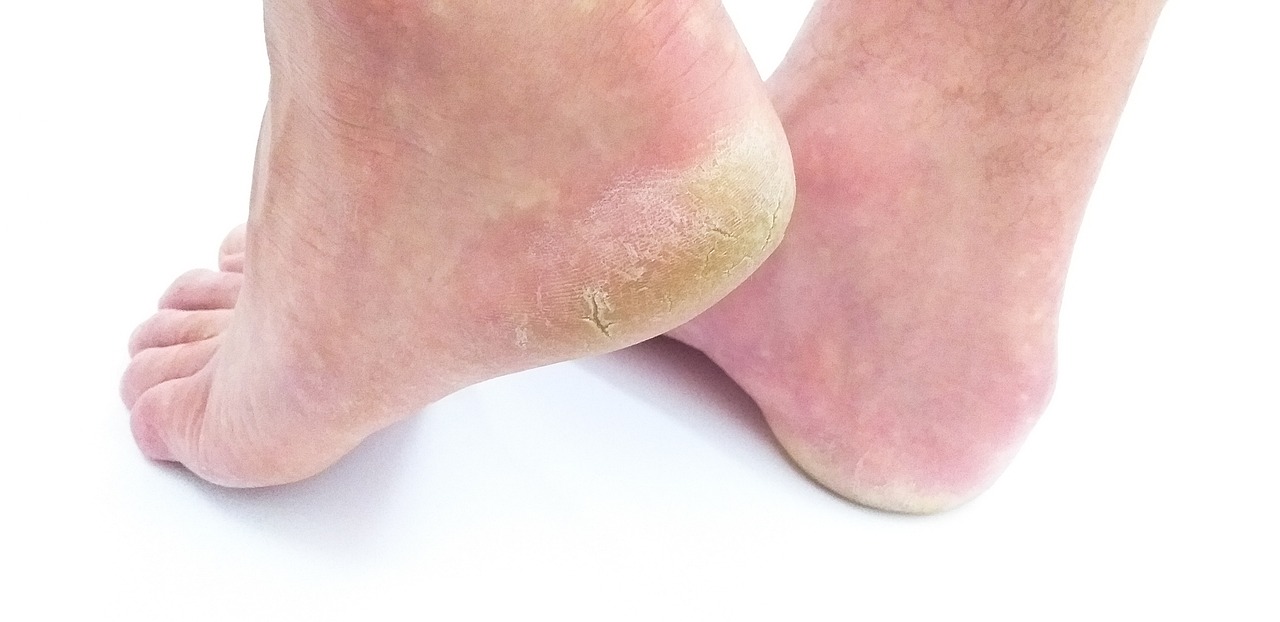
Foot peel masks have gained popularity as effective skincare products designed to exfoliate and rejuvenate feet by removing dead skin cells. Typically containing alpha hydroxy acids (AHAs) or beta hydroxy acids (BHAs), these masks offer a dual action of exfoliation and moisturization. Understanding when and how to apply foot peel masks is crucial for optimal results and foot care.
Key Takeaways
- Foot peel masks exfoliate feet, leaving them smoother and softer.
- Ingredients like AHAs and BHAs facilitate the breakdown of dead skin cells.
- Clean and dry feet before application enhance the effectiveness of foot peel masks.
- Patience is key during the peeling process; avoid forcing skin removal.
- Moisturizing is crucial to counter potential dryness caused by foot peels.
- Foot peels may help address calluses, and cracked heels, and improve overall foot texture.
- Results vary, and regular use may be needed for maintained effects.
What are Foot Peel Masks? When Should We Apply It?
Foot peel masks are skincare products designed to exfoliate and shed dead skin cells from the feet, leaving them smoother and softer. These masks typically contain a combination of exfoliating ingredients such as alpha hydroxy acids (AHAs) or beta hydroxy acids (BHAs), along with moisturizing and nourishing agents.
Here’s a general guide on when and how to use foot peel masks:
- Clean Feet: Start with clean and dry feet. Soak your feet in warm water for about 10-15 minutes to soften the skin.
- Application: Apply the foot peel mask according to the product instructions. Typically, this involves placing plastic booties filled with the exfoliating solution on your feet and securing them with adhesive straps.
- Leave On: Leave the foot peel mask on for the recommended duration, usually around 60-90 minutes. This allows the active ingredients to work on breaking down dead skin cells.
- Rinse Off: After the recommended time, remove the booties and rinse your feet thoroughly with water to remove any remaining solution.
- Peeling Process: Over the next few days, you’ll notice peeling and shedding of the skin on your feet. This is a natural part of the exfoliation process, and it’s essential not to force the peeling but rather let it occur naturally.
- Moisturize: During the peeling process, it’s crucial to keep your feet moisturized. Use a gentle, hydrating foot cream to soothe the skin.
- Avoid Excessive Foot Soaking: While it’s beneficial to soak your feet before applying the mask, avoid excessive soaking during the peeling process, as it may prolong the shedding.
- Patience: Results may vary, but most people experience noticeably softer and smoother feet after the peeling process is complete.
Do Foot Peels Work?
- Exfoliation: The primary function of foot peels is to exfoliate the skin on the feet. The active ingredients in these masks help break down and loosen the bonds between dead skin cells, facilitating their removal. This process reveals smoother and softer skin underneath.
- Callus Removal: Foot peels can be particularly effective in reducing or eliminating calluses, which are areas of thickened and hardened skin. The exfoliating action helps soften and break down these tough skin patches, making them easier to slough off during the peeling process.
- Softening Rough Skin: Regular use of foot peels can help soften rough and dry skin on the feet, improving overall foot texture and appearance.
- Reducing Cracked Heels: Foot peels may contribute to reducing cracked heels by removing dead skin and promoting smoother, more supple skin.
- Enhancing Foot Care Routine: Incorporating foot peels into your foot care routine can complement other measures like moisturizing and regular pedicures. The exfoliation provided by foot peels can enhance the effectiveness of subsequent moisturization.
Do Foot Peel Masks Heal Cracked Heels?
Foot peel masks are designed to exfoliate and remove dead skin cells from the feet, including the heels. While they can help improve the overall appearance and texture of the skin, they may not necessarily “heal” cracked heels on their own.
Cracked heels often result from dryness and a lack of moisture in the skin. Foot peel masks typically contain ingredients like alpha hydroxy acids (AHAs) or beta hydroxy acids (BHAs) that help to break down and remove dead skin cells. Additionally, some foot peel masks may contain moisturizing agents to hydrate the skin.
For cracked heels, it’s essential to address the underlying causes, such as dryness and lack of moisture. In addition to using a foot peel mask, consider incorporating a good moisturizer specifically designed for the feet into your routine. Look for products with ingredients like urea or glycerin, which can help hydrate and soften the skin.
It’s important to note that if your cracked heels are severe or accompanied by pain, it’s advisable to consult with a healthcare professional or a dermatologist for personalized advice and appropriate treatment options.
Foot Peel Mask – Before and After
Before using a foot peel mask, it’s common to have rough, dry, and calloused feet. After the treatment, the dead skin begins to peel away, revealing smoother skin underneath. The process usually takes several days, and the results can be quite dramatic, with many users reporting significantly softer and rejuvenated feet.
Before Use:
- Rough and Dry Skin: People often use foot peel masks when they have rough, dry, or calloused skin on their feet.
- Calluses and Cracks: Individuals with calluses or cracks on their feet may seek foot peel masks to address these issues.
After Use:
- Exfoliation: The acids in foot peel masks can help exfoliate dead skin cells, promoting a smoother texture.
- Softening of Calluses: Ingredients like AHAs or BHAs may contribute to softening calluses, making them easier to remove.
- Improved Skin Texture: Users commonly report an improvement in skin texture, with feet feeling softer and smoother.
- Peeling Process: After the application, there is often a period where the skin starts peeling. This is a natural part of the exfoliation process.
- Hydration: Many foot peel masks contain moisturizing ingredients to help hydrate the skin, counteracting the potential dryness caused by exfoliation.
Considerations:
- Individual Variability: The effectiveness of foot peel masks can vary among individuals based on factors like skin type, foot health, and the specific product used.
- Caution for Certain Conditions: Individuals with sensitive skin or certain foot conditions (like open sores, infections, etc.) should exercise caution and consult with a healthcare professional before using such products.
- Sun Protection: Some foot peel masks make the skin more sensitive to sunlight. Using sunscreen on treated areas is advisable.
- Temporary Results: The effects of foot peel masks are typically temporary, and regular use may be needed for maintained results.







1 Comment
Regarding this subject, there is undoubtedly a great lot that is still unknown. The points that you present are both well-reasoned and convincing. We are quite grateful that you shared the content with us; each of the quotations was outstanding. Never stop sharing, and never stop being an inspiration to other people.